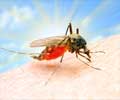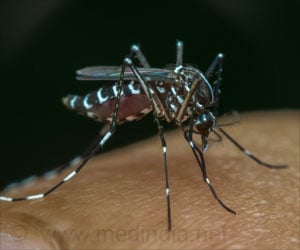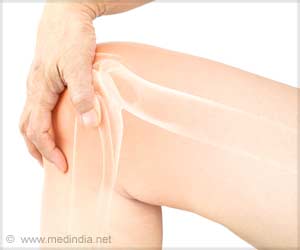The first animal model of the chikungunya virus (CHIKV), linked with large-scale epidemics that spread to Italy and India in 2007 has been developed by Researchers at the Institut Pasteur and INSERM.
The main well-known symptoms of CHIKV by the medical community and the general public are fever, joint and muscle pains, and skin rash.The CHIKV animal model carries a deletion of a gene encoding one of the key proteins in the innate antiviral immune response.
When only one of the two copies of the gene is deleted, the mice mimic the disease in its benign form. With both versions deleted, and therefore no ability to produce the protein, they constitute a model for the severe forms of the infection.
With this model, the researchers show how after an initial phase of viral replication in the liver, the infection extends to the joints, muscles and skin — where the symptoms materialize in humans.
In the most severe cases, it then disseminates to the central nervous system. The model also allowed the investigators to study the mother-to-child transmission of the virus.
Also, the scientists were able to determine which tissues and cells are infected by chikungunya in both the mild and severe forms of the disease it causes.
The development of this first mouse model provides chikungunya researchers with an experimental tool that sheds light on the pathophysiology of the infection, paving the way for future treatments and vaccine candidates against this emerging viral disease in vivo.
Source-ANI
SPH/L






